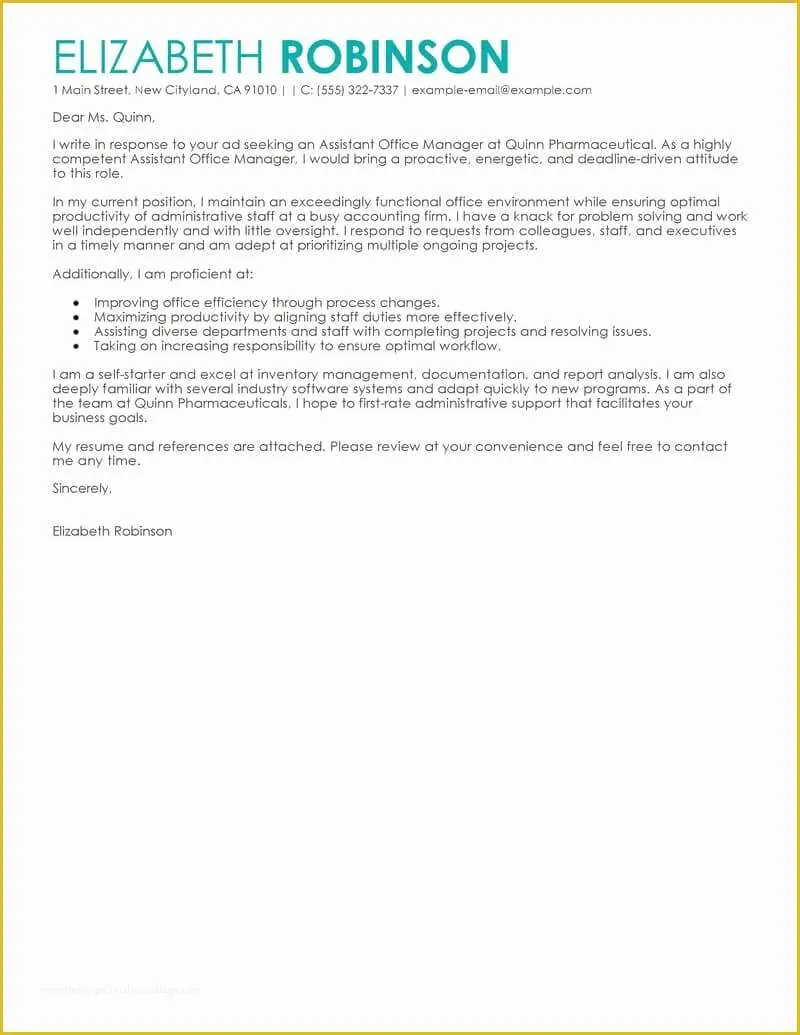What is a Cover Letter?
A cover letter is a crucial document that accompanies your resume when you apply for a job. It serves as a personalized introduction, allowing you to highlight your skills, experiences, and qualifications in a way that a resume alone cannot. Think of it as your first opportunity to make a positive impression on a potential employer and demonstrate your genuine interest in the position. A well-crafted cover letter can significantly increase your chances of getting noticed and securing an interview. It provides context to your resume, explaining why you are a good fit for the specific role and company. The primary purpose of a cover letter is to connect your qualifications to the job requirements, demonstrating your understanding of the company’s needs and your ability to meet them.
Why is a Cover Letter Important?
In today’s competitive job market, a cover letter is more important than ever. It is your chance to make a strong first impression and showcase your personality, writing skills, and enthusiasm. Many hiring managers consider cover letters a mandatory part of the application process, using them to gauge your communication skills and attention to detail. A compelling cover letter demonstrates that you’ve taken the time to understand the role and the company. It allows you to tailor your application to each specific job, highlighting the most relevant aspects of your experience. Even if a job posting doesn’t explicitly require a cover letter, submitting one is often a smart move. It shows initiative and a proactive approach to your job search, which can set you apart from other applicants. Additionally, a well-written cover letter can compensate for gaps in your resume or explain career changes effectively.
Essential Components of a Free Cover Letter
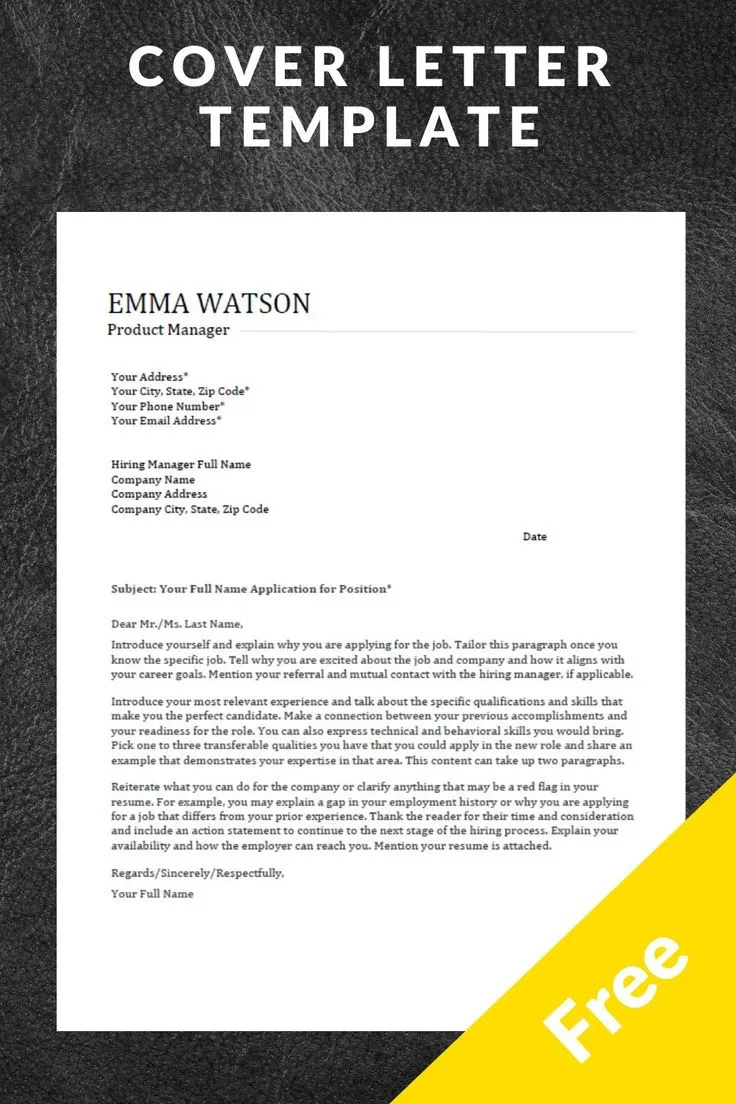
A strong cover letter, whether you’re using a free template or crafting one from scratch, includes several key components. These elements work together to present you as a qualified and enthusiastic candidate. Each section plays a specific role in conveying your value to the employer. By including these elements, you create a concise and compelling narrative. Understanding these components helps you personalize your cover letter and make it stand out. Ensure that your cover letter follows a logical flow, from introduction to closing, making it easy for the hiring manager to understand your qualifications and enthusiasm.
Contact Information and Date
Start with your contact information at the top of the cover letter. This typically includes your full name, phone number, email address, and optionally, your LinkedIn profile URL. Following this, include the date you are submitting the letter. This ensures the employer can easily reach you and keeps the document organized. Proper formatting here is crucial for a professional appearance. It is a simple yet essential step, and it should always be included at the start of your document. Verify all contact details are accurate before sending.
Professional Greeting
Address the hiring manager or the specific person listed in the job posting, if possible. Using a person’s name shows that you have done your research and are genuinely interested. If a specific name isn’t available, use a professional greeting such as “Dear Hiring Manager.” Avoid generic greetings like “To Whom It May Concern.” Using a personalized greeting is a small detail that can make a big difference. It also helps set a tone of respect and professionalism from the start. When in doubt, check LinkedIn or the company website to find the hiring manager’s name.
Introduction of Yourself and the Role
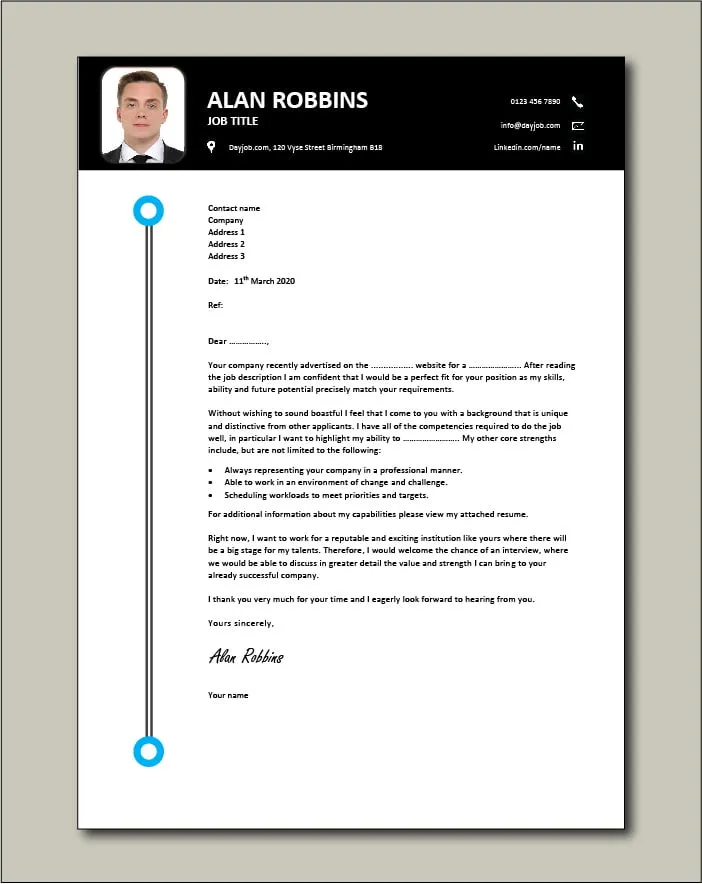
In the introduction, state the position you’re applying for and where you found the job posting. Briefly mention why you are interested in the role and the company. Keep it concise and engaging to capture the reader’s attention immediately. This section sets the stage for the rest of your cover letter, so make sure your enthusiasm is clear. Use strong action verbs and highlight a key achievement or skill that aligns with the job requirements. The goal is to make the hiring manager want to read more and learn about your qualifications.
Highlighting Skills and Experiences
This is the core of your cover letter, where you demonstrate how your skills and experiences match the job requirements. Select the most relevant experiences and skills from your resume and expand on them with specific examples. Use the job description as a guide to identify the keywords and skills the employer is seeking. Tailor your examples to show how you’ve applied those skills and what results you achieved. Quantify your achievements whenever possible – use numbers to demonstrate the impact of your work (e.g., “Increased sales by 15%” or “Managed a team of 10”). This section should be the longest, as it provides concrete evidence of your capabilities.
Demonstrating Value to the Employer
Explain how your skills and experiences can benefit the employer. Show that you understand the company’s needs and can contribute to their goals. Focus on how you can solve problems, improve processes, or add value to the team. Research the company to understand their mission, values, and recent achievements. Frame your skills and experience in terms of how they will help the company succeed. This demonstrates a forward-thinking approach and showcases your understanding of the company’s needs and how you can contribute to their success.
Expressing Enthusiasm and Interest
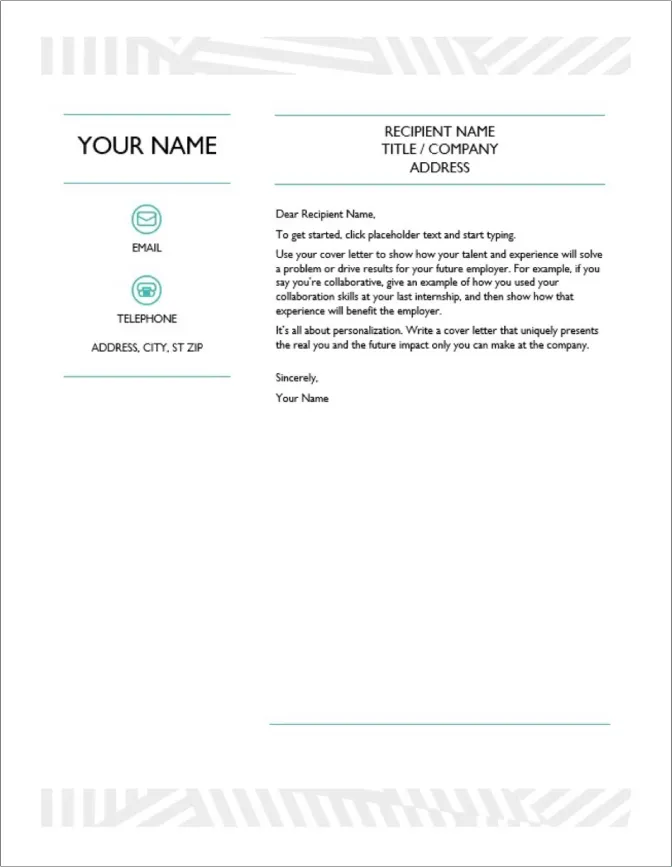
Convey your genuine interest in the role and the company. Explain why you’re excited about the opportunity and what motivates you to work there. Show that you’ve done your research and understand the company’s culture and values. Your enthusiasm can be as important as your skills and experiences. It shows the hiring manager that you are genuinely interested in the role and the company. Mentioning something specific that attracts you to the job will go a long way. A genuine passion and dedication to the role can make a great impression.
Call to Action and Closing
Conclude your cover letter with a clear call to action. Express your eagerness to discuss your qualifications further and reiterate your interest in the position. Include a polite closing, such as “Sincerely” or “Best regards,” followed by your full name. Thank the hiring manager for their time and consideration. It should be a professional and confident statement, indicating that you are looking forward to hearing from them. This demonstrates your professionalism and eagerness to move forward in the hiring process.
Formatting Tips for Your Free Cover Letter
Proper formatting is crucial for making your cover letter easy to read and visually appealing. Clean and well-organized formatting shows professionalism and attention to detail. It ensures that the hiring manager can quickly scan your letter and find the information they need. Consistency is also key: use the same font and size throughout the document, and maintain consistent spacing and margins. These formatting tips will help your letter look professional and polished. Good formatting will enhance readability and leave a positive impression. Poor formatting can make your letter look sloppy and distract from your content.
Choosing the Right Font and Size
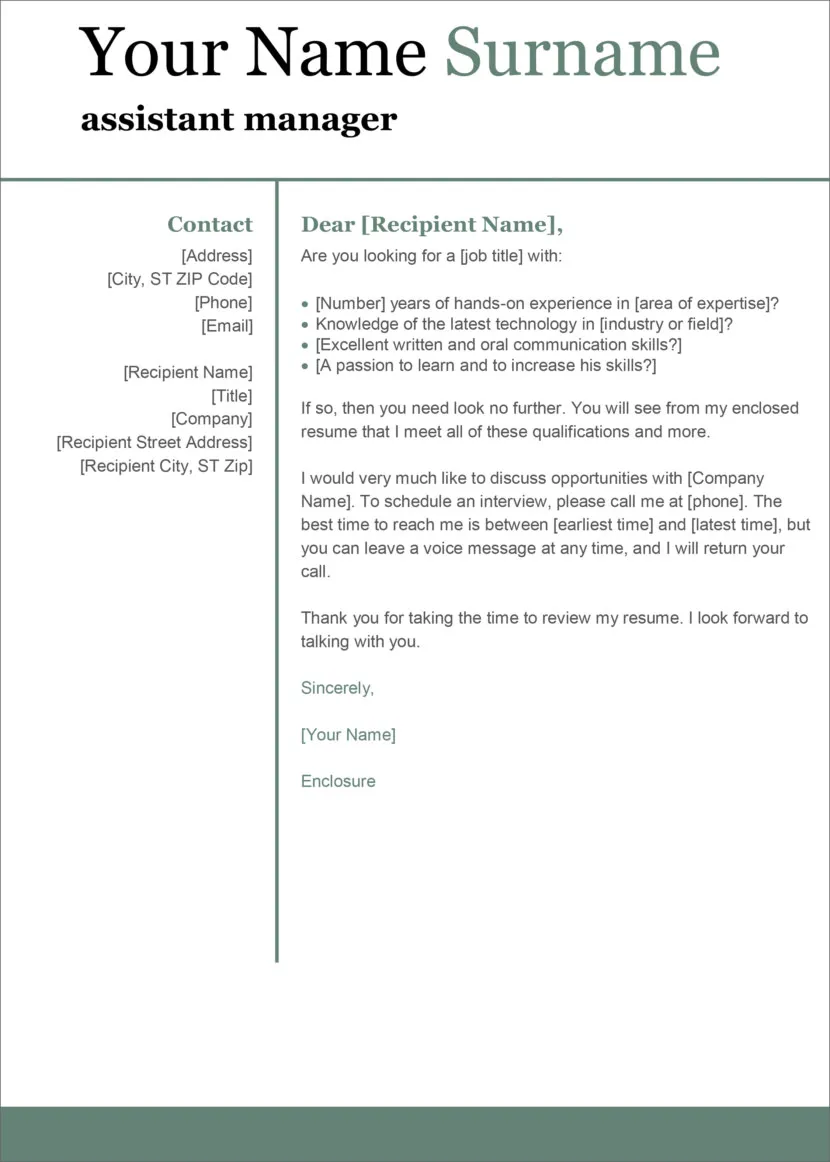
Choose a professional and easy-to-read font, such as Times New Roman, Arial, Calibri, or Georgia. Stick to a font size between 10 and 12 points. These sizes are comfortable to read and are standard for professional documents. Avoid using overly stylized or decorative fonts, as they can be difficult to read. Ensure the font is consistent throughout the entire document. Consider using a slightly larger font size for headings to make them stand out. Selecting the right font and size will help make your cover letter more reader-friendly and appealing.
Structuring the Content Effectively
Organize your cover letter into clear and concise paragraphs, each addressing a specific point. Use headings and bullet points to break up large blocks of text and improve readability. Keep paragraphs relatively short – no more than 5-7 sentences each. This makes it easier for the hiring manager to scan and understand your key points. Ensure a logical flow from one paragraph to the next. Using clear structure and formatting helps the hiring manager grasp your qualifications quickly. A well-structured cover letter presents information in a clear and digestible manner. This is crucial for keeping the hiring manager engaged.
Proofreading and Editing for Perfection
Proofread your cover letter carefully for any grammatical errors, spelling mistakes, and typos. These errors can undermine your credibility and professionalism. Ask a friend or family member to proofread your letter as a fresh pair of eyes can often catch mistakes you might miss. Use grammar and spell-check tools, but don’t rely on them entirely; always double-check the suggestions. Ensure the tone and style are consistent throughout the document. Proofreading is a crucial step in ensuring your cover letter is polished and error-free, as it shows that you pay attention to detail. This step is vital for making a positive impression.
Free Cover Letter Templates and Resources
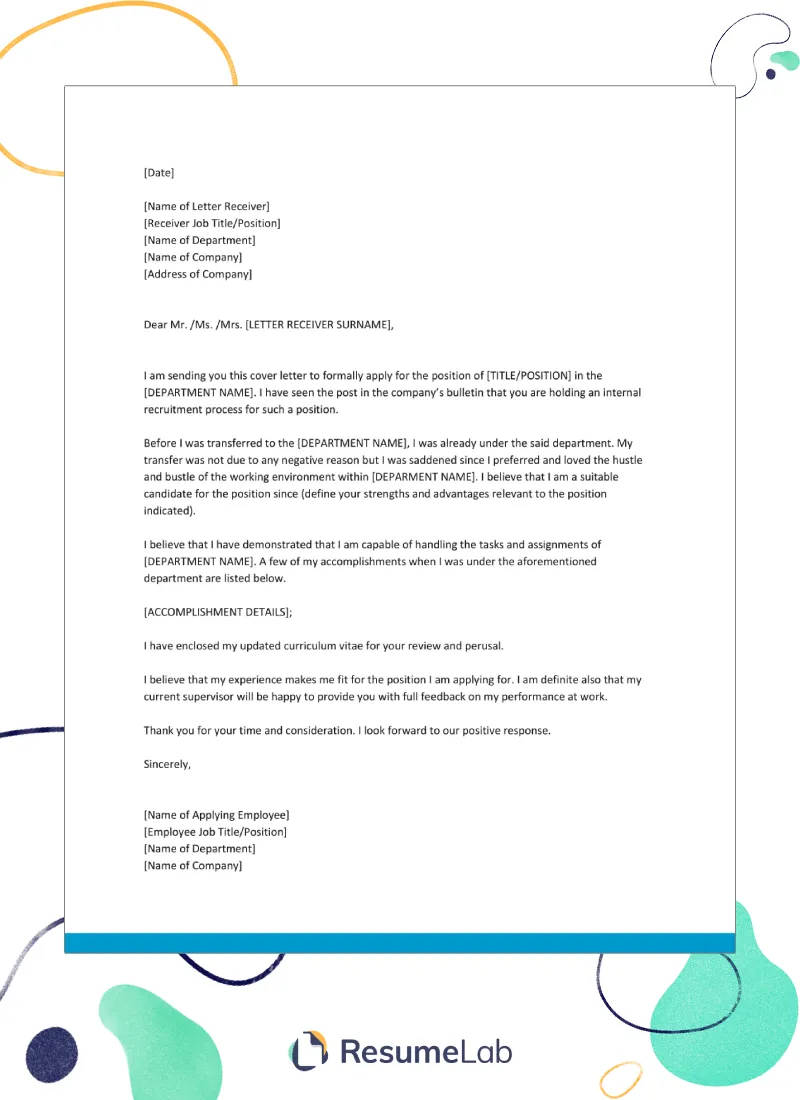
Numerous free cover letter templates and resources are available online to help you write a compelling cover letter. These resources can save you time and effort, providing a solid foundation for your application. Templates offer a pre-designed structure, allowing you to focus on tailoring the content to your specific qualifications and the job requirements. Utilizing these resources will greatly aid your application process and also help you create a more polished and professional document. The availability of templates also ensures that your cover letter meets professional standards.
Where to Find Free Cover Letter Templates
Many websites offer free cover letter templates in various formats, such as Word documents and PDFs. Popular job search websites, resume builders, and career advice platforms often provide these resources. Some examples include Microsoft Word templates, Canva, and various professional career websites. Look for templates that align with your industry and the type of job you are applying for. Choose a template that is easy to customize and allows you to highlight your unique skills and experiences. Ensure the template is up-to-date and compatible with your preferred software. Explore multiple sources to find a template that best fits your needs.
Customizing Templates to Fit Your Needs
While free cover letter templates provide a great starting point, it’s crucial to customize them to fit your specific needs and the job you’re applying for. Don’t simply copy and paste the template content; tailor it to your qualifications and the requirements of the job. Update the contact information, customize the greeting, and tailor the body of the letter to address the specific requirements of the job description. Add specific examples and quantifiable achievements that highlight your value. Personalize the closing statement to show your genuine interest in the role. Customization ensures that your cover letter reflects your individual skills and experience. Always take the time to ensure your cover letter suits your personal circumstances and the specific job application.
Examples of Effective Free Cover Letters

Studying examples of effective cover letters can provide valuable insights into how to structure and write your own. These examples demonstrate how to effectively showcase your skills, experiences, and enthusiasm. You can learn from successful examples to identify the best practices and key elements to include. Consider the style, tone, and language used to make the letter compelling. Analyzing cover letter samples tailored to different industries and roles can help you adapt the content and style to your specific situation.
Cover Letter for Entry-Level Jobs
For entry-level jobs, focus on your transferable skills, education, and any relevant experience gained through internships, volunteer work, or projects. Highlight your enthusiasm and willingness to learn, as well as any relevant coursework or certifications. If you have limited work experience, emphasize your soft skills, such as communication, teamwork, and problem-solving. Provide specific examples of how you have demonstrated these skills in other settings. Tailor your cover letter to highlight the aspects of your background that are most relevant to the job requirements. Show the hiring manager that you’re eager to start your career.
Cover Letter for Mid-Career Professionals
For mid-career professionals, emphasize your accomplishments, leadership skills, and any significant contributions you have made in previous roles. Highlight your career progression, and demonstrate a track record of success in your field. Quantify your achievements whenever possible to show your impact. Tailor your cover letter to show how your experiences align with the specific requirements of the job description. Focus on what you have accomplished in the past and how that will help you in the new role. Show the hiring manager how you can deliver results.
Cover Letter for Career Change
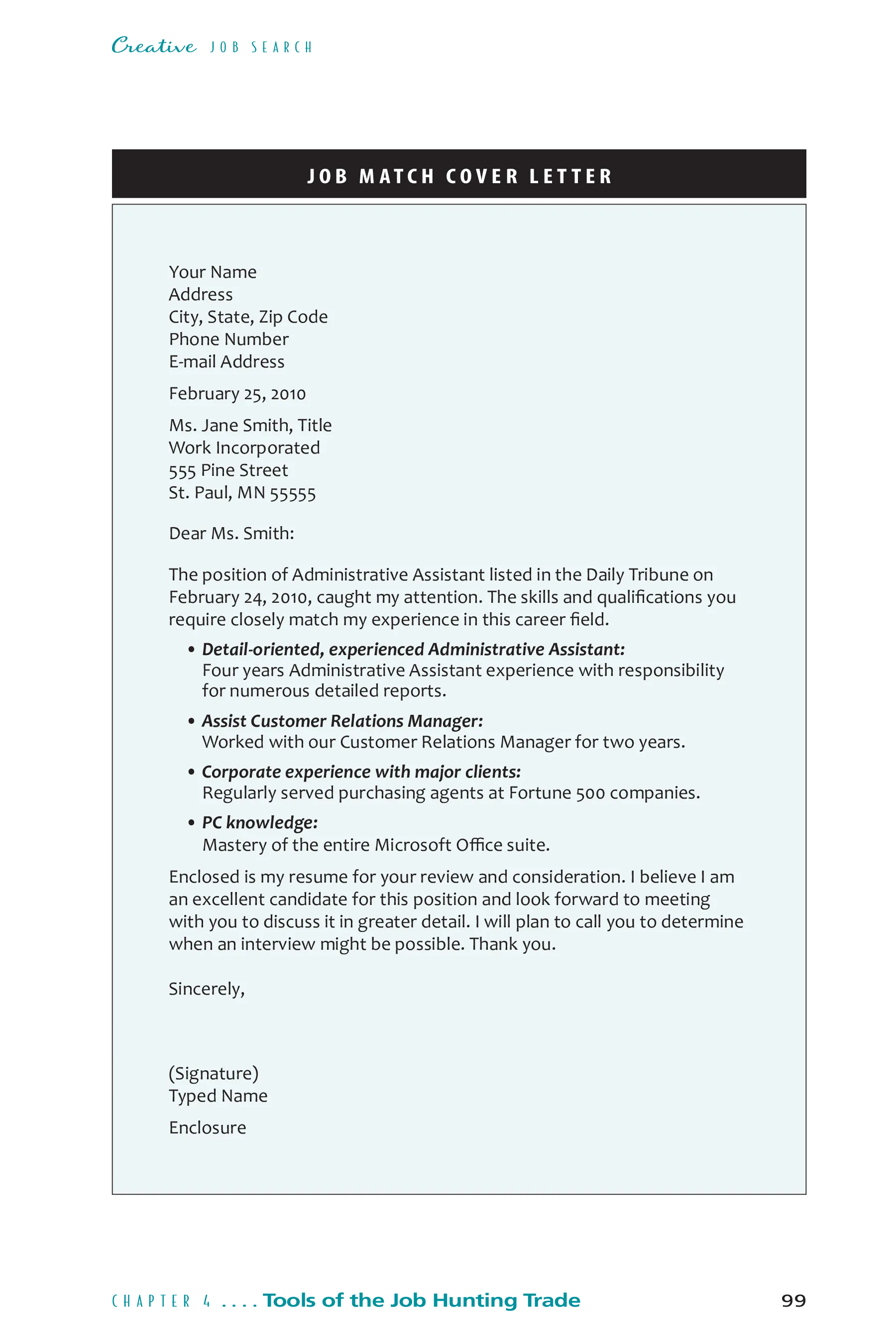
When making a career change, address the transition head-on and explain why you are pursuing this new path. Highlight any transferable skills from your previous experience that are relevant to the new role. Explain how your experience prepares you for success in this new role. Show your commitment to the new field through relevant coursework, certifications, or volunteer work. Be clear about your intentions and express your enthusiasm for the opportunity. Make sure the hiring manager understands your passion for the new field.
Tips for Tailoring Your Free Cover Letter
Tailoring your cover letter to each job application is essential for increasing your chances of success. Generic cover letters are easily recognizable and may not capture the hiring manager’s attention. A customized letter demonstrates your interest and shows that you’ve taken the time to understand the role and the company. It allows you to highlight the most relevant skills and experiences. Tailoring is an important step, and it goes beyond a simple name change. It requires that you analyze the job description, research the company, and highlight the experiences that match the role’s requirements. This helps you create a compelling narrative that resonates with the hiring manager.
Researching the Company and Role
Before writing your cover letter, research the company and the specific role you are applying for. Visit the company’s website, read their “About Us” section, and review their social media profiles to gain insights into their mission, values, and culture. Analyze the job description carefully to understand the required skills, experiences, and qualifications. Look for keywords and phrases used in the job description. Tailor your cover letter to address these specific requirements. Researching the company will make sure your letter is appropriate for each role you are applying for. This will help you tailor your cover letter, and it will show the hiring manager that you are seriously interested in the position.
Matching Skills and Experiences
Carefully review the job description and identify the skills, experiences, and qualifications the employer is seeking. Then, match your own skills and experiences to those requirements. Provide specific examples of how you’ve demonstrated those skills in the past. Use keywords and phrases from the job description to highlight your relevant experience. Quantify your achievements whenever possible to show your impact. When you match your skills to the job requirements, highlight instances where you have excelled in the specific areas mentioned in the job posting. This targeted approach helps the hiring manager quickly see that you are a good fit for the role. Align your skills and experiences to create a strong correlation between your background and the specific job requirements.
Using Keywords Strategically
Incorporate relevant keywords from the job description throughout your cover letter. These keywords often represent the essential skills, qualifications, and responsibilities of the role. Use these keywords naturally, without stuffing them into your letter, to help your application get noticed by applicant tracking systems (ATS) and hiring managers. Place keywords strategically in your introduction, skills section, and examples of your work. By using keywords strategically, you increase the likelihood of your application being selected for consideration and the hiring manager will also quickly recognize your abilities. Prioritize keywords relevant to the essential job duties.
Common Mistakes to Avoid in Your Free Cover Letter
Avoiding common mistakes is critical for ensuring your cover letter effectively presents you as a qualified candidate. These mistakes can damage your credibility and reduce your chances of getting an interview. Focusing on what not to do can be as important as focusing on what to include. Carefully reviewing and avoiding these mistakes will help you craft a compelling cover letter.
Generic Cover Letters
One of the biggest mistakes is submitting a generic cover letter that is not tailored to the specific job or company. Generic letters lack personalization and may not capture the hiring manager’s attention. Always customize your letter by researching the company and tailoring the content to the job description’s requirements. Addressing the hiring manager by name, when possible, is one way to demonstrate you took the time to learn more. Generic letters often seem mass-produced. Making each letter specific to the individual job is essential. When you customize your letters, it is very helpful in capturing the hiring manager’s interest. These letters stand out as you will have demonstrated the extra time you took to research the company.
Typos and Grammatical Errors
Typos and grammatical errors can make your cover letter look unprofessional and careless. Proofread your cover letter carefully for any mistakes before submitting it. Use a grammar and spell-check tool, but don’t rely on them entirely; always double-check the suggestions. Ask a friend or family member to proofread your letter as a fresh pair of eyes can often catch mistakes you might miss. A well-proofread cover letter shows you pay attention to detail. Mistakes will detract from your message. Typos can lead to a negative impression. Proofreading is crucial to ensure your letter is polished and error-free.
Overusing ‘I’ Statements
While it’s essential to highlight your skills and experiences, avoid overusing “I” statements in your cover letter. Overusing “I” can make your letter sound self-centered. Instead, focus on the value you can bring to the employer and use action verbs to describe your accomplishments. Balance “I” statements with examples of how you’ve achieved results and contributed to team success. Remember that the hiring manager is interested in what you can do for the company. Use a good variety of verbs and mix the sentences up to keep it fresh. Maintain a professional tone throughout the entire letter.
Frequently Asked Questions About Free Cover Letters
Many job seekers have questions about cover letters, especially when using free templates or resources. Addressing these FAQs can help clarify common concerns and provide further guidance. Here are the answers to some common questions about cover letters.
Is a cover letter always necessary? While not always explicitly required, a cover letter is highly recommended. It provides an opportunity to highlight your value and personality. Should I use a template? Templates provide a good starting point, but customize them to fit your needs and the job requirements. How long should my cover letter be? Keep it concise – ideally, no more than one page. What if I don’t have much experience? Emphasize transferable skills, education, and enthusiasm. Can I use the same cover letter for every job? No. Tailor each cover letter to the specific job and company.
